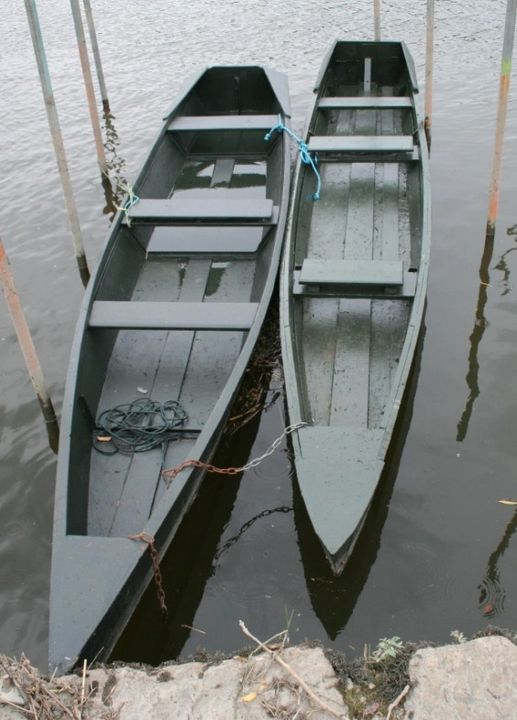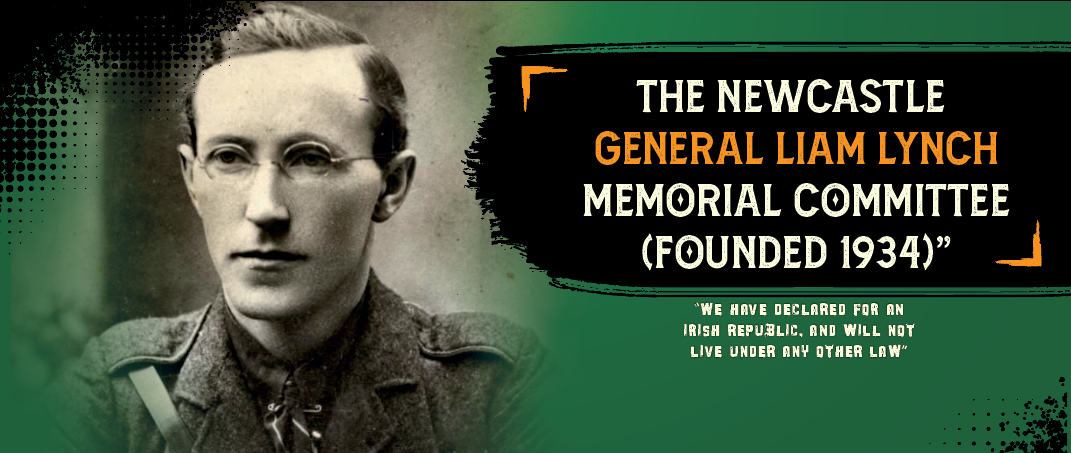The cot.
Florence O’Donoghue’s book, “No other law”, describes Lynch crossing the river Suir on three occasions between Late February and early April in 1923. The first of these three crossings occur in February when Lynch crosses the river in a Suir Cot from Foskin’s of Riverquarter, Mooncoin, to Henneberry’s Portlaw. A Suir Cot, also called a Carrick Cot, is a very small flat-bottomed punt with a narrow beam, primarily used for salmon and eel fishing, shooting, and gathering thatching reeds. A cot measures little more than one meter wide and four meters long and its two person crew could carry only one passenger; because of its shallow draft the cot was also very effective in manoeuvring through swap and marsh land commonly found along the Suir’s tidal range. The Suir where he crossed is fast, tidal and 600mtr wide excluding the marshes. Skilled cots’ men paddled their cots out into the night, against both tide and current. In the darkness they aimed the cot into the nothingness and somehow reached their destination. At the far bank the cot would glide over the mud and through the reed beds delivering Lynch onto dry ground on the Waterford side of the Suir. Lynch would make this dangerous crossing twice more before his death, the last two crossings were made to the west of Carrick-on-Suir probably in the vicinity of Ballydine. All these crossing happened in winter/spring with no life jackets.

